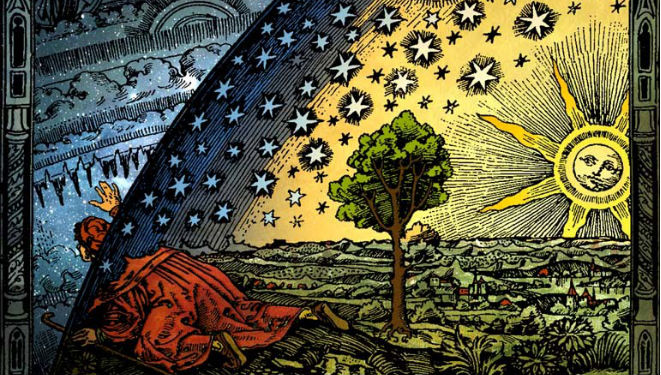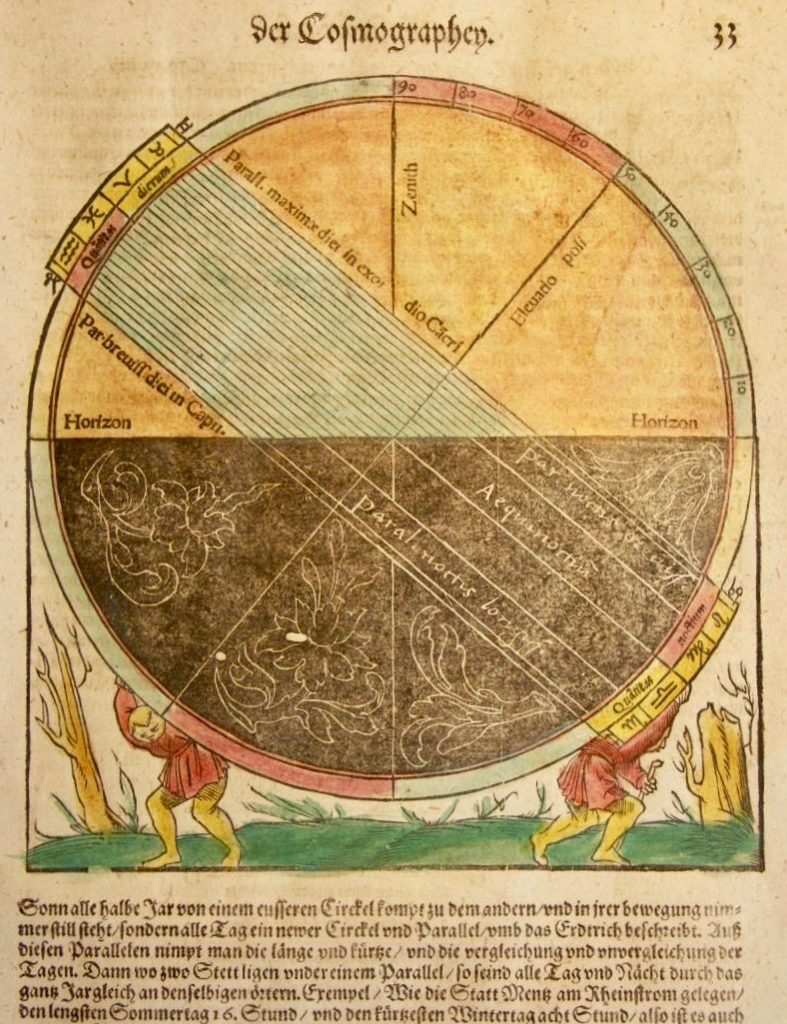What is the Spring Equinox? It all depends on where you live. Perspective is everything. What you see is based on where you are. Today, it’s sunny where I’m sitting. Of course, if you saw where my sister lives, it looks like winter. If you live in the northern hemisphere (everything north of the equator), March 20 or 21 will be the Spring Equinox, marking the beginning of Spring.
But if you live in the southern hemisphere, from your perspective, it will be the Autumn Equinox and the beginning of Fall.
The word, “Equinox” is Latin, made up of the word “aequus” meaning “equal” and “nox”, meaning “night”. Those living closest to the equator will have the most equal amount of daylight and nightlight. The sun will be directly overhead at the earth’s equator, and day and night will be approximately the same.
The Spring Equinox is also called the Vernal Equinox.
If you live in the northern hemisphere, the days will gradually begin to get longer — more sunlight each day until you reach the summer solstice, which occurs June 21. The opposite happens if you live in the southern hemisphere, because you will be experiencing the Fall Equinox, and your days will begin to get shorter — less daylight until you reach the Winter Solstice.
In times past, our calendars have changed from Julius Caesar to Pope Gregory.

Originally posted 2011, Updated 2022.



